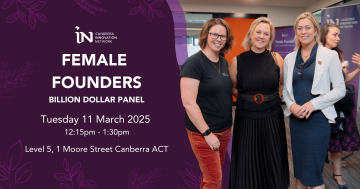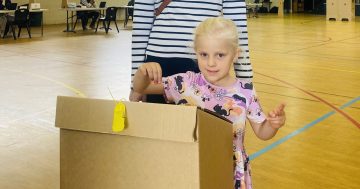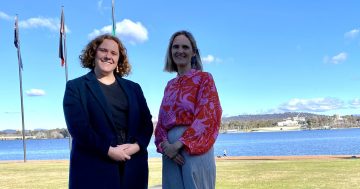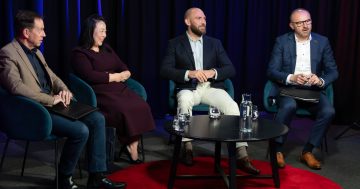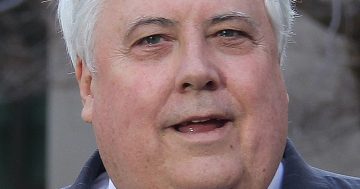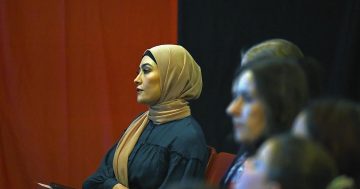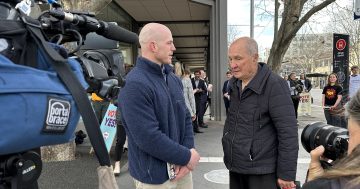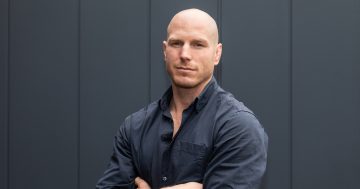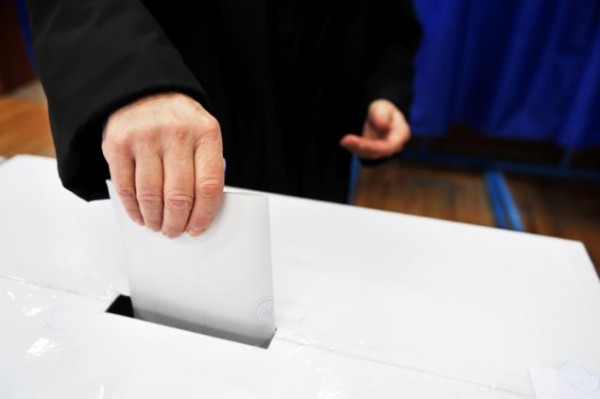
Next week it will all be over – temporarily.
The 2016 Federal election has been a mild affair in the ACT and we can confidently predict all four sitting members will be returned despite boundary adjustments due to population which saw the Canberra electorate cross Lake Burley Griffin into the renamed seat of Fenner.
This is in contrast to 2012 when the Greens made a determined effort for the Liberal Senate position held by Zed Seselja.
The Greens are still fielding candidates here, however their target appears to have moved to the House of Representatives inner city seats of Sydney (Grayndler) and of Melbourne (Batman, Wills) where boundary changes and now resident cashed up yuppies threaten the established Labor constituencies.
As these cities’ populations grow, older inhabitants die off and central area suburbs house prices rise, these pressures will continue, particularly if draining preference deals can be negotiated.
Of special interest and sadly not much information, probably because we are too far away, is the South Australian situation.
Here Nick Xenophon, the popular local Senator, is fielding a team of 14 for both Federal houses of parliament.
Polling suggests the NXT are running at 25 percent of the vote.
While both Labor and Liberal Parties are worried, the Greens must be equally concerned. The Xenophons can take votes from the majors but they must also attract support from people who vote for smaller or independent Parties, leaving the Greens equally vulnerable in a full Senate election when quotas are lower.
Our own low-key campaigns, along with next door Eden-Monaro, now completely surrounding the ACT with the addition of the west (Tumut) area and which cannot now be declared bellwether, overlook a major change for 2020.
Another Federal ACT seat.
We have had a rollercoaster ride in this matter, gaining a third House of Representatives seat (Namadji) for one term in the ’90s then losing it again when our magic number fell below electoral requirements.
The subsequent development of Gungahlin and more recently the Molonglo Valley has substantially increased our population and will continue to do so over the next four years to the 2020 election. It is difficult to see such pressures ignored, especially if wild cards like CSIRO’s 701 hectare field station land are added to the developments.
The electoral redistribution moving north Canberra into our southern Federal seat cannot last with Molonglo filling up fast and another adjustment will be necessary.
As if this wasn’t enough, the increase from this October election in the number of ACT Legislative Assembly members from 17 to 25 also is recognition the original 1989 ratio of one member for every 10,000 voters no longer applies.
If we currently have at least 250,000 voters for an Assembly election – which we do – then numbers for a third Federal seat (Namadji again?) cannot be far away.
How or where the new third division will be created I don’t know. I’m too busy adjusting to the five by five Assembly electorates.











